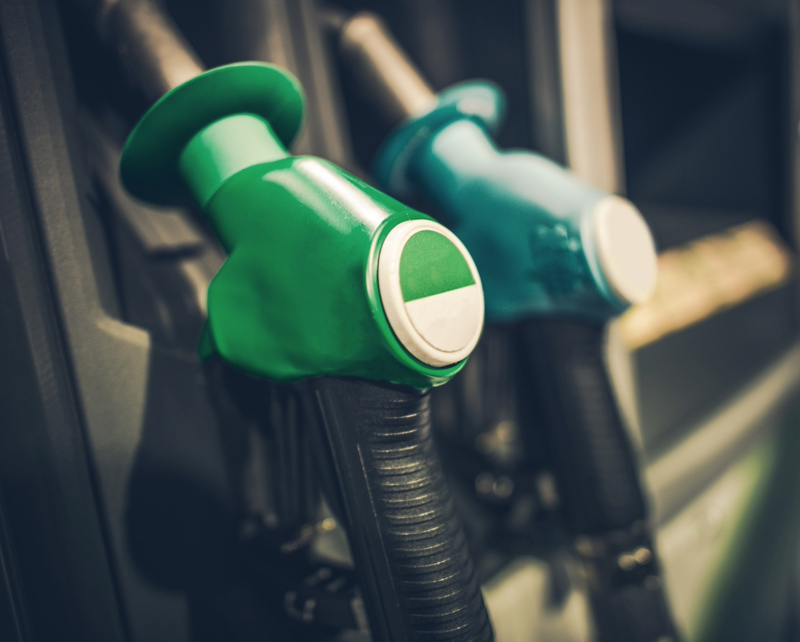
The shelf life of E-10 gas is only 3 months (90-100 days) under ideal environmental conditions.
Many states still do not require the labeling of E10 gas at the pumps.
Maintain your engine to provide the best possible fuel efficiency. (Inflate tires; keep tuned, oil changes, etc.).
If water contaminates (WC) your gas, the fuel will dilute and the octane level can drop up to 3 points.
Symptoms include varied engine malfunction including stalling, hesitation during WOT, smoke released from exhaust, clogged fuel filters and carburetors, damage to fuel and VRO pumps and pistons, disintegration and dissolving of engine parts (especially rubber and plastic), drying-out of parts (hoses), and more.
No miracle product exists that will effectively prevent all water absorption or safely repair phase separation (PS) of gas.
Two or three distinct layers will be seen after WC and PS occur.
Fuel discoloration indicates gas contamination, often caused from the release (cleansing) of rust, dirt and sedimentfrom the gas tank walls.
Plastic and rubber parts and hoses are most vulnerable. Fuel system and pumps, piston and carburetor and timing may need changes to be compatible.
Older engines often contain parts not designed to resist ethanol/alcohol.
Check your State’s ETHANOL LABELING LAWS
